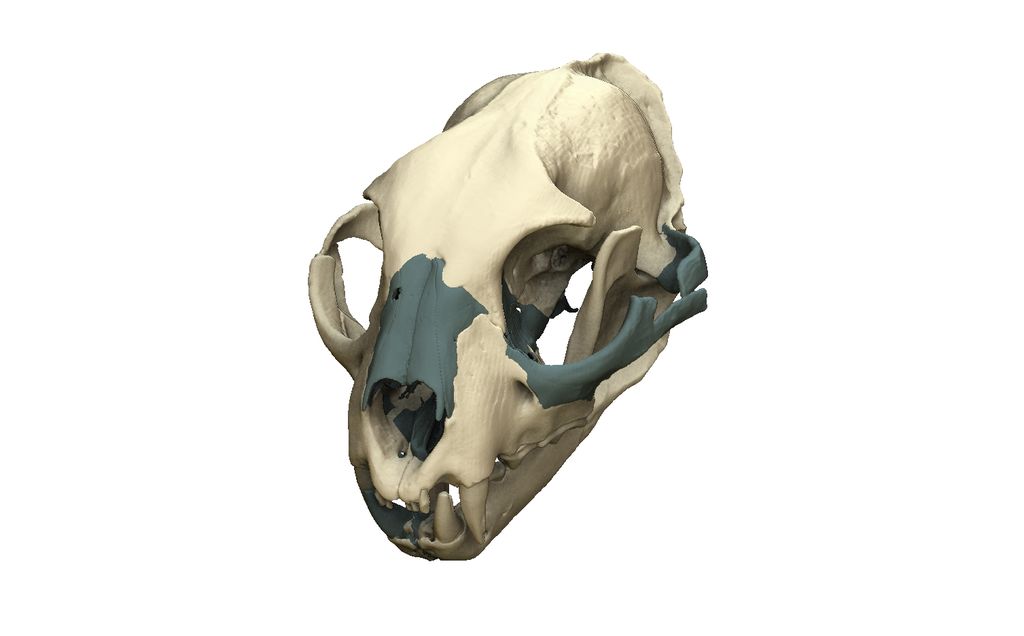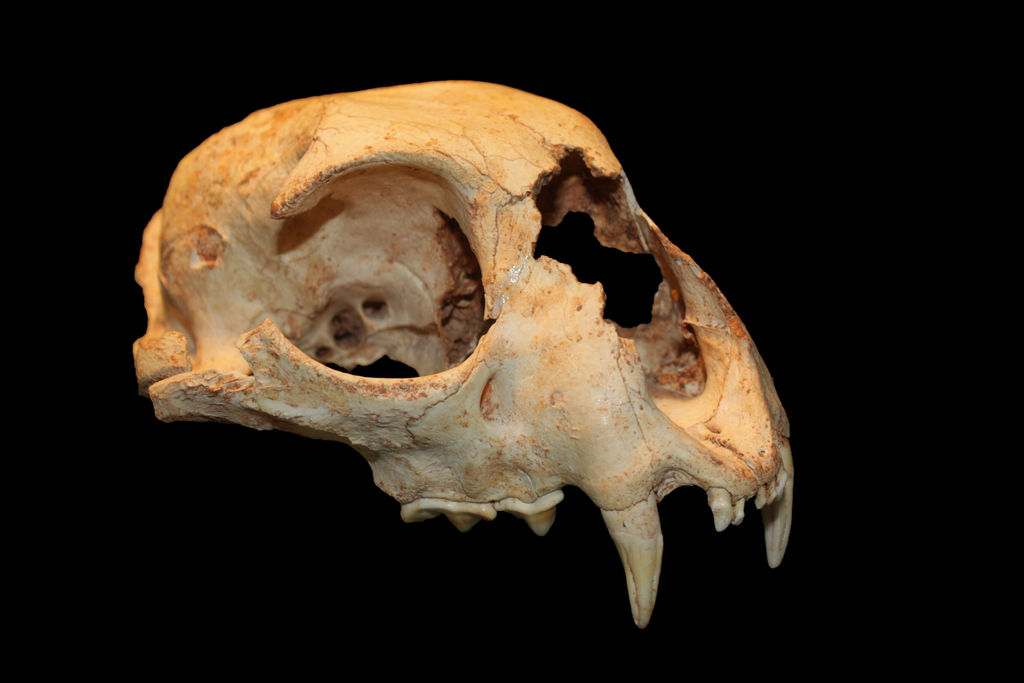
When the pardel lynx populated Europe: new evidence from southern Italy on the evolution of these short-tailed cats, now endangered
The pardel lynx (Lynx pardinus), which in many respects resembles its European short-tailed counterparts, is distinguished from the latter by the characteristic plumes on the ears, tufts under the chin and well-defined spots on the yellowish-brown coat. This feline now only lives in restricted areas of the Iberian Peninsula and is the subject of numerous conservation and preservation projects.
A team of experts and palaeontologists from the Sapienza University of Rome and the University of Perugia, with contributions from other international organisations and universities, has reconstructed this predator's evolutionary history in a new study published in the journal Quaternary Science Reviews. The results have shown that the evolutionary history of the pardel lynx is quite different from that of the Eurasian lynx, which only spread to the Italian peninsula in much more recent times.
The researchers, through extensive analysis of the numerous fossils found in the Gargano region of Puglia, southern Italy, discovered that thousands of years ago, during the Pleistocene, the pardel lynx was widespread throughout most of Mediterranean Europe, while today’s Eurasian lynx, Lynx lynx, was less common than previously thought.
"The fossils studied, preserved at the Department of Earth Sciences of our University, represent the richest sample of skull, jaw, and tooth remains attributable to Pleistocene lynxes," says Raffaele Sardella of Sapienza University. "Although previously attributed to the Eurasian lynx, they actually represent specimens of the Iberian lynx. The latest tests have shown that this cat was much more widespread thousands of years ago than previously thought, with a geographical distribution that included the whole of Mediterranean Europe."
Tomographic analysis, carried out by Dawid A. Iurino, study coordinator of the University of Perugia, played a major role in the research. It was thanks to Iurino that the researchers were able to carry out the virtual restoration of the Gargano skulls without compromising their condition and to study their anatomy in detail.
"Reconstructing body mass," adds Beniamino Mecozzi of Sapienza University, "reveals how the Iberian lynxes of the past were generally larger than those that survive today on the Iberian Peninsula. Since the beginning of the 20th century, the species’ range has narrowed and there has been a drastic reduction in the number of individuals, which have today reached just a few dozen."
Therefore, today’s populations of Iberian lynxes represent the last heirs of an evolutionary line of very ancient lynxes. The study adds a further element to support the protection of a short-tailed cat with a long history.
References:
The tale of a short-tailed cat: new outstanding Late Pleistocene fossil Lynx pardinus from southern Italy - Mecozzi B., Sardella R., Boscaini A., Cherin M., Costeur L., Madurell-Malapeira J., Pavia M., Profico A., Iurino D.A. (2021). Quaternary Science Reviews. DOI: 10.1016/j.quascirev.2021.106840
Further Information
Raffaele Sardella
Department of Earth Sciences
raffaele.sardella@uniroma1.it



